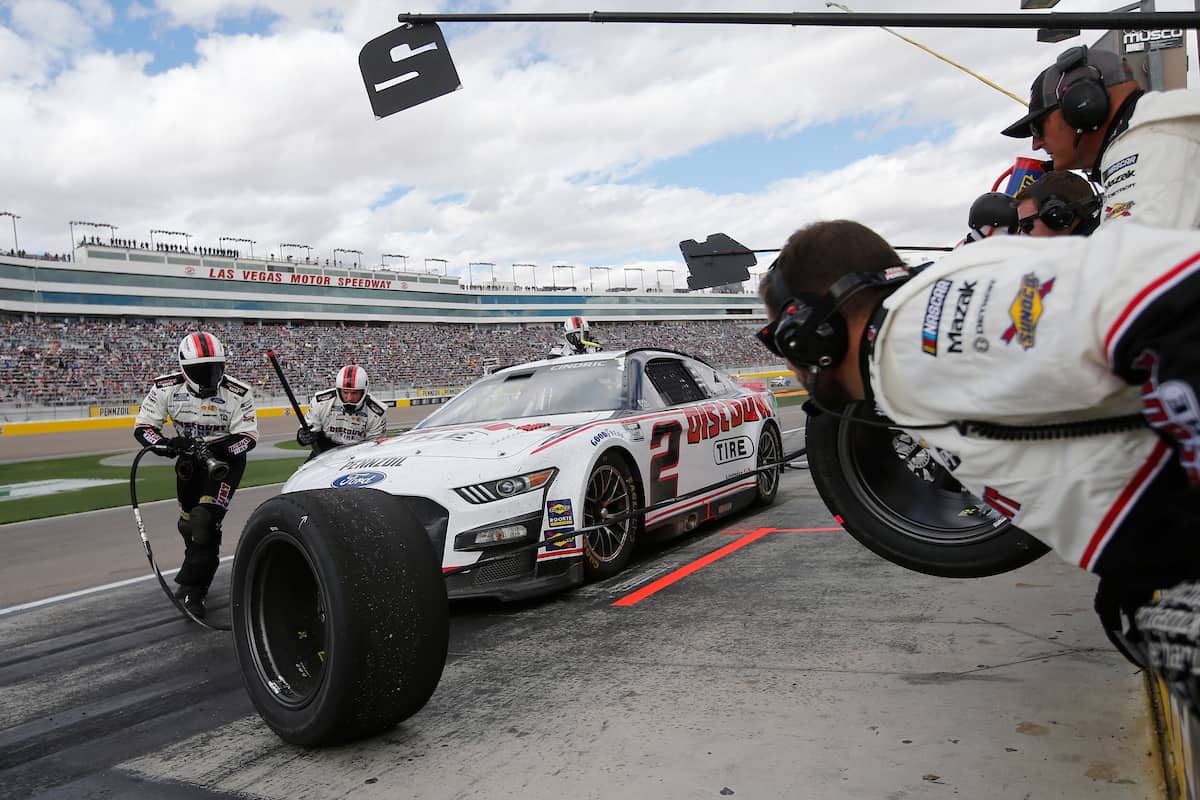What Happens If Daytona 500 Gets Rained Out? Understanding the Rescheduling Process


What happens if the Daytona 500 gets rained out? Given that this marquee event takes place in Florida, a state known for its unpredictable weather patterns, rain can play a significant role in the proceedings. If rain does interfere with the race, NASCAR has established protocols to ensure the safety of drivers and fairness in competition.
Rain can delay or postpone the Daytona 500, leading to a number of adjustments in the schedule. If the track becomes too wet for safe racing, NASCAR officials may issue a red flag and halt the event until conditions improve. In the event that the race cannot be completed on the same day, NASCAR may reschedule it for the following day or the soonest possible date when weather permits. For fans, it’s important to be aware of NASCAR’s ticket exchange policy, which outlines procedures for attending a postponed race.
Weather delays are not an uncommon occurrence in NASCAR, and the organization is equipped to handle such disruptions. The goal is always to complete the full distance of 500 miles, ensuring a legitimate race winner and full points awarded to the drivers. The decisions made by NASCAR in response to rain are always done with a focus on competition integrity and audience accommodation; after all, the Daytona 500 is not just another race – it’s a cornerstone event with a rich tradition and an eager audience eager to witness the season’s exciting start.
Table of Contents
Historical Rain Impacts on the Daytona 500
Weather has significantly influenced the history of the Daytona 500, with several races affected by rain, leading to delays, postponements, and even shortened events at the Daytona International Speedway in Florida.
Notable Rain-Affected Races
- 2003: The race was shortened due to rain, impacting the official outcome.
- 2009: Heavy showers caused the race to be called after 152 of the scheduled 200 laps.
- 2012: For the first time, the race was rescheduled from Sunday to Monday due to rain and concluded in the early hours of Tuesday morning.
- 2020 & 2021: Both races experienced rain delays; the 2020 event was postponed to the following day.
Delay and Postponement Precedents
- Delay: When live races are interrupted by rain, they can be temporarily halted until conditions improve. Rain delays have led to races being suspended and completed later the same day or the next day.
- Postponement: If conditions do not allow for the race to continue on the scheduled day, it can be postponed to a future date. This decision is taken with the safety of the drivers and spectators in mind as well as the integrity of the racing conditions at Daytona Beach.
Rain Policies and Procedures
In the event of a rainout at the Daytona 500, NASCAR has established policies and procedures to determine the official outcome of the race and to address ticket contingencies.
Official Race Declaration
The Daytona 500 is considered official if the race has surpassed the halfway point, meaning more than 50% of the scheduled laps have been completed. Should the race be halted after reaching this point due to rain, the current leader, often starting from the pole position, may be declared the winner. To combat the rain, track-drying measures such as Air Titans, Jet Dryers, and Vacuum/Sweeper Trucks are deployed to remove moisture from the track efficiently.
Rain Check and Ticket Policies
In instances where the race is postponed before the halfway threshold is met, ticket holders are typically entitled to a rain check. This means their tickets may be valid for the rescheduled event. Fans should bring a rain poncho and be prepared for potential delays. Specific rain check policies vary, and ticket holders are advised to consult the official NASCAR or Daytona International Speedway guidelines for detailed information regarding ticket exchanges and refunds.
Weather Forecasting and Tracking
In the context of the Daytona 500, the role of meteorologists and the interpretation of weather forecasts are pivotal in determining if the event will proceed as scheduled.
Role of Meteorologists
Meteorologists play a critical role in tracking and forecasting weather conditions for events like the Daytona 500. Utilizing a combination of radar data, satellite imagery, and atmospheric models, they provide essential insights into potential weather disruptions. The National Weather Service (NWS) is a primary source for this information, issuing weather alerts and forecasts that inform event organizers and attendees.
- Forecasting elements such as chance of rain, humidity, cloud cover, and impending storm systems help predict the likelihood of a rainout.
- Real-time monitoring of these factors enables timely decisions regarding event delays or postponements.
Understanding the Weather Forecast
Interpreting the weather forecast accurately is crucial for determining the event’s fate. Here’s what to look out for:
- Chance of Rain: This percentage indicates the probability of rainfall in the area during the forecast period.
- Weather Forecast Details: These include specific projections of rain totals and the timing of weather fronts, which are vital for planning the race. Forecast Aspect Importance for Daytona 500 Chance of Rain High chances may lead to delays or postponement Cloud Cover Dense cover could indicate approaching precipitation Storm Systems Awareness of system paths alerts to potential disruptions Humidity Influences cloud formation and rain potential
By thoroughly assessing these forecasts, stakeholders can strategically navigate the uncertainties posed by weather and make informed decisions about the racing schedule.
Race Rescheduling Scenarios
The protocols NASCAR follows in the event of rain can lead to changes in the Daytona 500 schedule. Two common scenarios are delays on the same day or racing on the next day if conditions do not improve.
Same-Day Delays
When rain interrupts the Daytona 500, NASCAR officials may impose a delay but still aim to complete the race on the same day. The race may resume after the track is dried if the weather forecast permits. Green flag conditions will be restored as soon as it is safe to continue racing. In case of light rain, caution may be given, allowing drivers to slow down while officials assess the situation.
Next-Day Racing
If the weather does not clear on race day, NASCAR might postpone the Daytona 500 to the next day. The schedule for Monday usually plans for a midday start to ensure adequate daylight for racing. Events postponed to the evening are less common due to the risk of lower visibility and colder temperatures.
Impact of Delays on Broadcasts and Viewership
When rain impacts the Daytona 500, broadcast networks like Fox Sports and online platforms must adjust their coverage strategy, which in turn affects the viewing experience for fans tuning in through TV and internet services such as FuboTV.
Television Coverage Adjustments
Fox Sports, the primary content producer for the Daytona 500, often faces challenges with weather delays. When rain postpones the race, Fox must quickly shuffle its programming schedule, which can lead to broadcasting other filler content or switching to standby programming until the race can resume. This juggling act is vital to retain viewers, as unexpected delays can cause significant drops in live viewership numbers. For instance, a rain delay can lead to an interim drop in viewers, only recovering once the race recommences, as seen in previous races where conditions affected live broadcasts.
Streaming and Online Updates
Online platforms like FuboTV, which stream live sports events, also have to adapt to the sudden changes caused by weather. They must ensure that subscribers receive timely updates and access to the delayed event once it resumes. Similarly, platforms like Twitter and Sporting News play a crucial role in providing real-time updates and coverage alterations. Content is dynamically updated to keep fans informed about the ongoing situation, including any decisions to postpone or resume the race. This immediate flow of information helps maintain engagement with viewers and subscribers eager for race updates.










